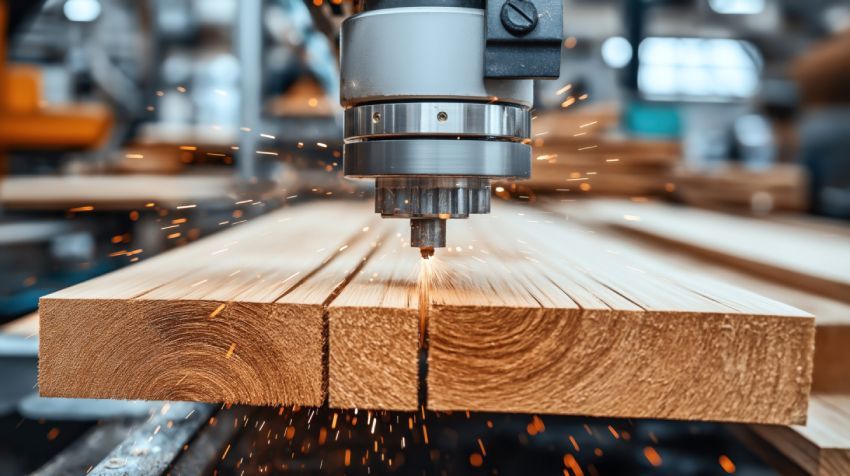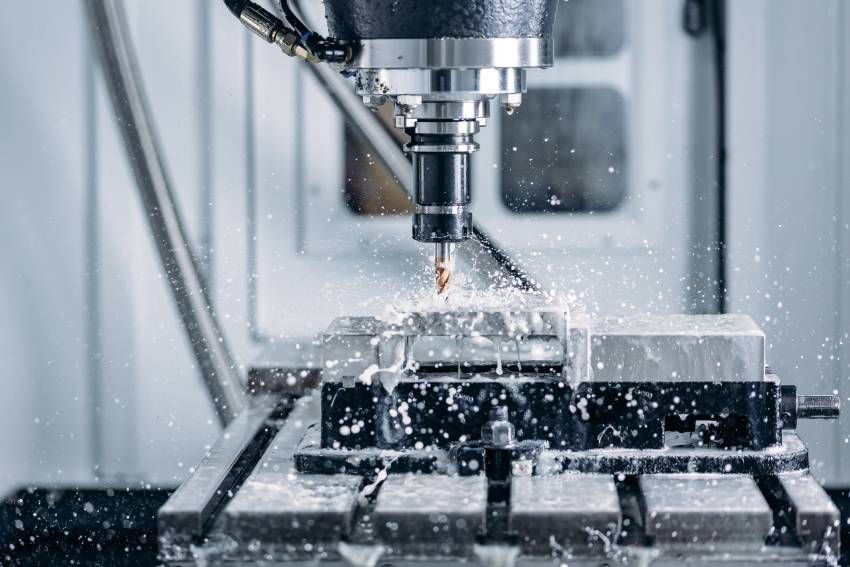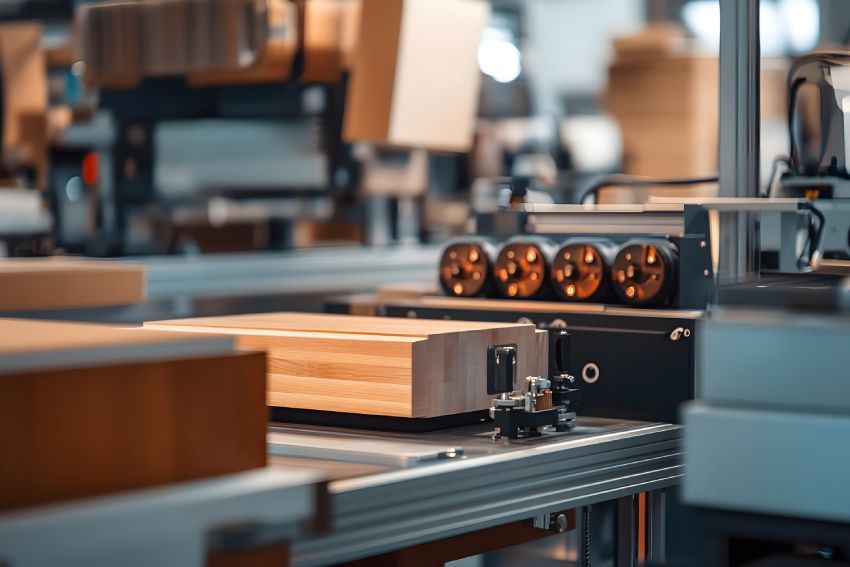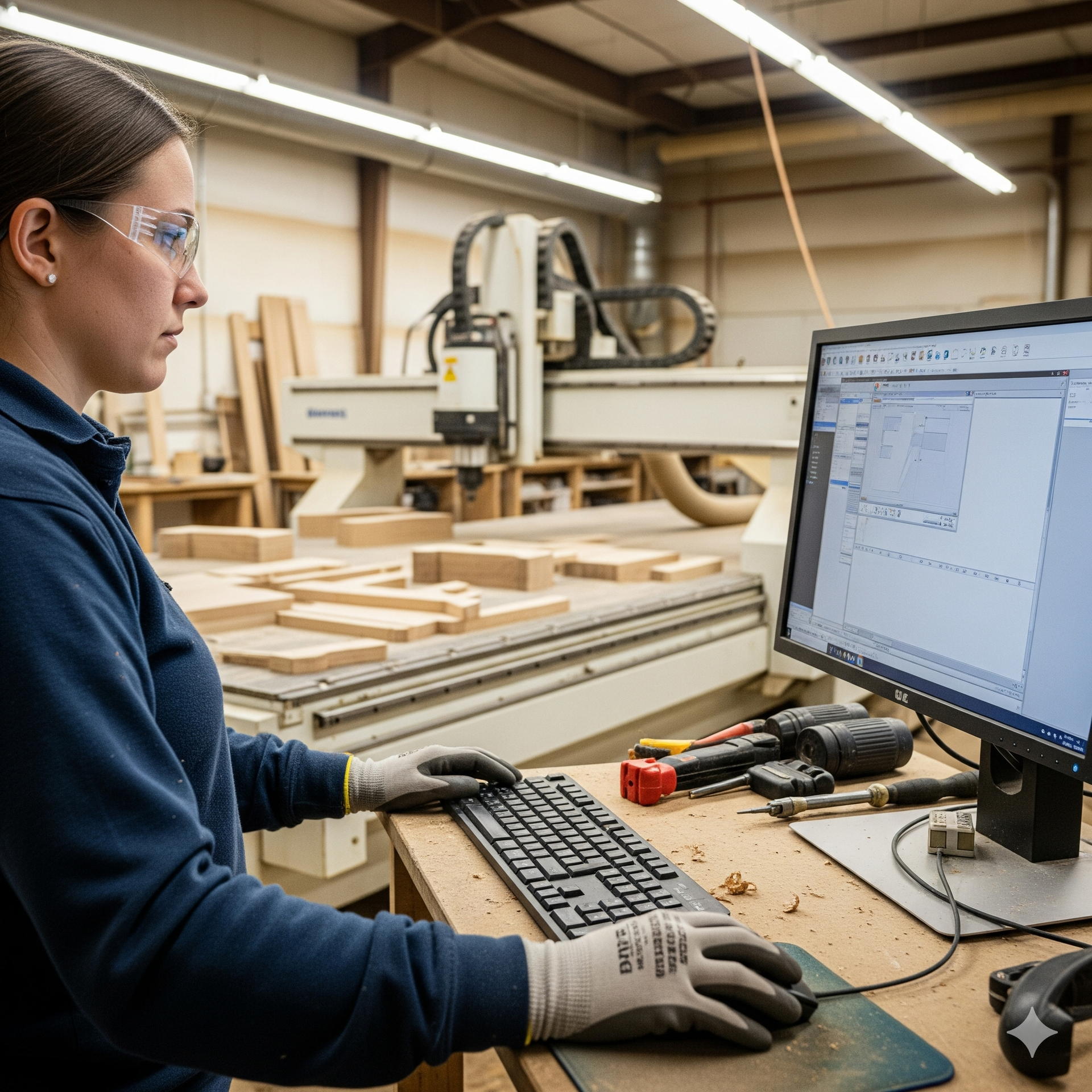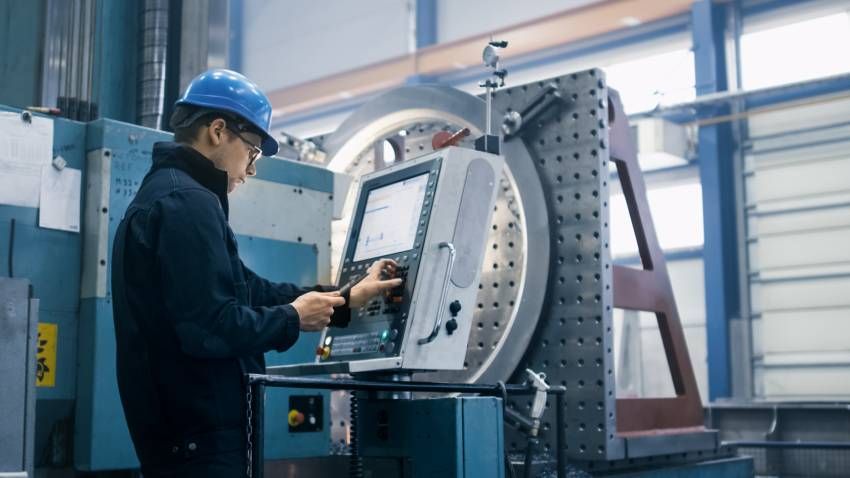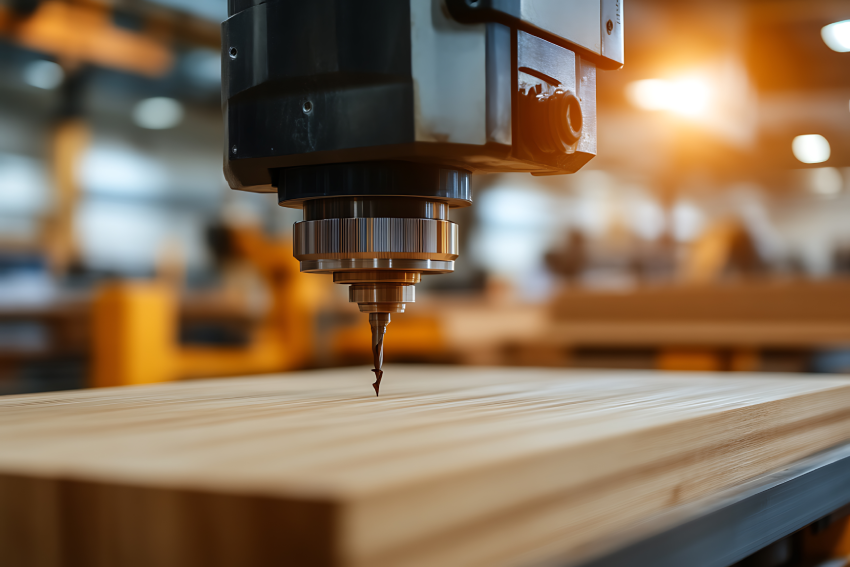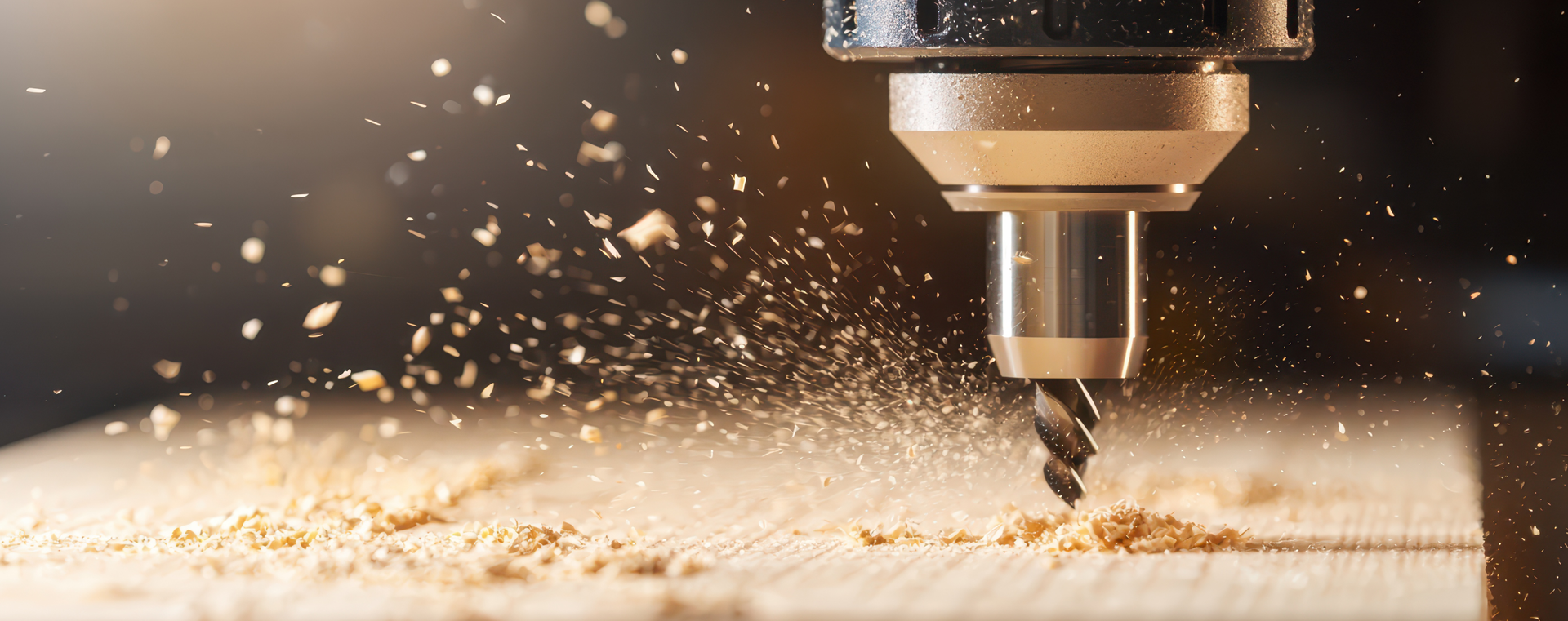The Basics of CNC Furniture Making: A Guide
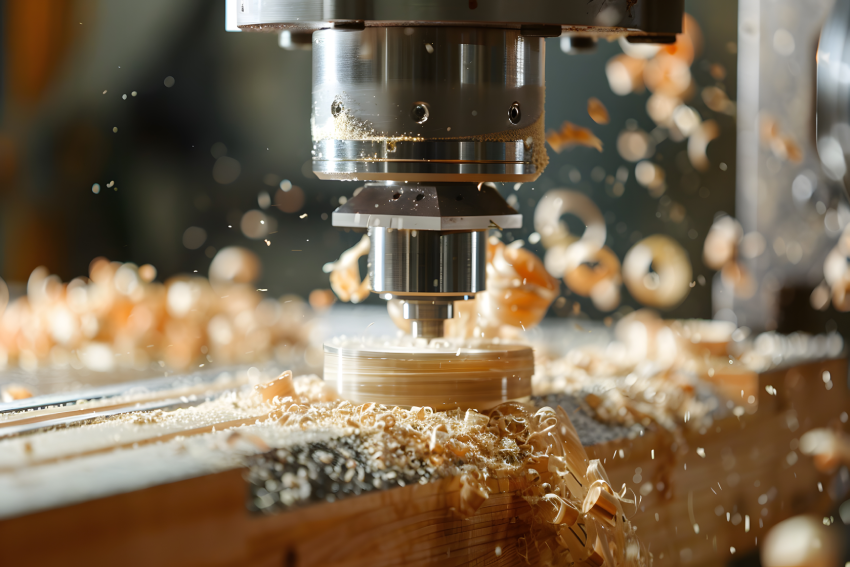
Consumers are fussy when they select furniture. Design features must be consistent with the style, and quality products are desirable. They must also be immediately available. Are you a furniture manufacturer? Keep pace with market requirements through CNC (Computer Numerical Control) automation.
Diversified Equipment and Supply specializes in professional-grade new and used CNC machines. Automate your manufacturing company’s furniture production and stay competitive.
In this guide to CNC furniture making, we explain why you should use a CNC router, its benefits, and its advantages for various types of wood. We also advise on selecting the correct CNC router for your business.
What Is CNC Furniture Making?
CNC router furniture making involves using computer-controlled machines to cut, shape, and engrave components with high repeatability and accuracy. This process eliminates manual errors and enables complex design executions at scale. DES offers a wide range of CNC routers tailored to wood, stone, and composite materials, ideal for crafting everything from cabinet doors to custom furniture panels.
Using a CNC Router for Furniture Making
Conventional furniture-making techniques are time-consuming and require artisans with a high degree of mastery and skill to create bespoke furniture. CNC furniture making is more rapid, requires fewer people, and replicates furniture based on a software design. CNC routers have high levels of precision and repeatability, making the mass production of coffee tables, chairs, cabinets, study desks, and other wooden furniture effortless.
CNC router wood tools are available for the following materials:
- Hardwood
- Softwood
- Laminated wood
- Chipboard wood
- Hard plywood
- Soft plywood
- MDF.
CNC router machine bits are designed for specific cutting and carving tasks. Use ball nose bits for contouring and 3D carving and spiral bits for straight cuts.
Advantages of CNC Machinery for Different Types of Wood
Selecting the right type of wood is essential when you want to manufacture quality furniture. Properties such as wood grain size, moisture content, and knotting influence its machinability, feed rate, and smoothness. Let’s look at the advantages of CNC wood router machines for different woods.
Hardwoods
A CNC wood router allows you to set machining parameters for shallow cuts appropriate for hardwoods, resulting in a clean cut and smooth finish.
Softwoods
Softwoods such as cedar have knots but are a popular outdoor furniture choice. Slow the feed rate for the CNC router for easier machining to minimize waste caused by splintering.
Engineered wood
Accelerate mass manufacturing of flat-pack MDF furniture with CNC machinery. The material has a smooth surface and uniform density, making it easy to work with.
Benefits of CNC for Furniture Making
Furniture manufacturers face multiple challenges, including changing consumer tastes, fluctuating raw material availability, and labor shortages. CNC technology offers several benefits:
- Automation: CNC automates the precision control of cutting, routing, and shaping equipment. It increases productivity and allows you to get furniture to the market as soon as possible.
- Adaptability: Consumer tastes and furniture design fashions change. Adapt quickly to market changes by adding new designs to the software and changing your materials.
- Consistency: Consumers expect design uniformity, whether they purchase a baroque or empire-style chair. CNC furniture is manufactured to a precise design for consistency.
- Low labor requirements: Designs are converted into machine instructions and executed with minimal human intervention, decreasing the labor required for furniture manufacturing.
Selecting the Right CNC Router for Your Furniture-Making Business
Axis configurations distinguish the different types of CNC routers. They control the cutting tool’s movements and determine the materials you work with and the complexity of the shapes you cut. 3-axis router configurations are commonly used, but 4-axis and 5-axis configurations are available for more complex machining.
A 3-axis machine is appropriate for flat two-dimensional cuts, as you would have with standard flat-pack MDF furniture, since it allows the tool to move left/right (X), front/back (Y), and up/down (Z). Higher-axis routers add angled and rotational movement for intricate details and complex 3D shapes required by fluted or trumpet table leg styles.
Ready to Upgrade Your Furniture Production with Our CNC Machines?
We are experienced North Carolina
CNC machine distributors who understand furniture manufacturer requirements and the challenges of automation. That is why we also offer
CNC machine training and
CNC installation services.
Contact Diversified Equipment and Supply today and convert to CNC furniture making.


